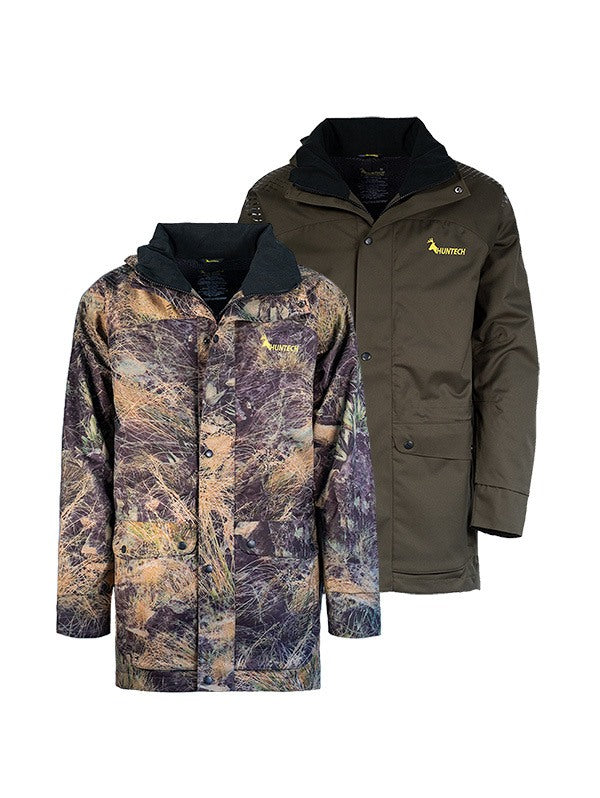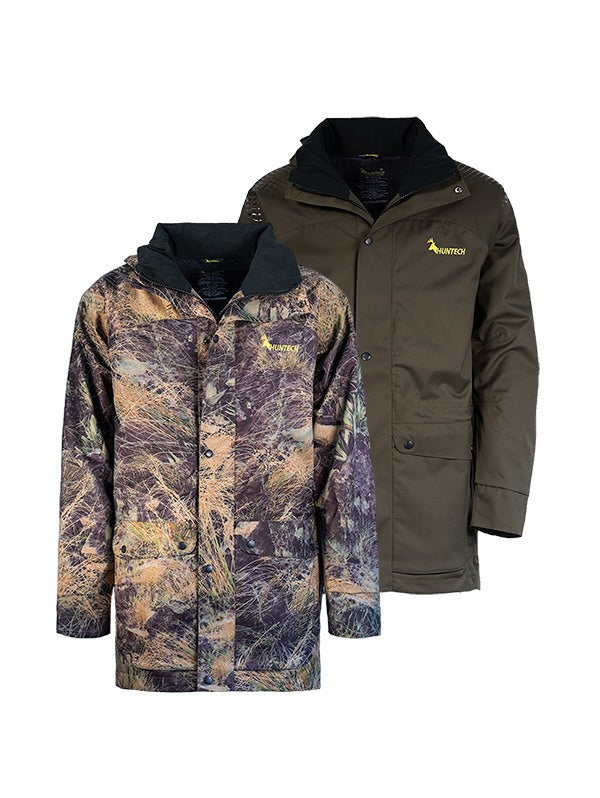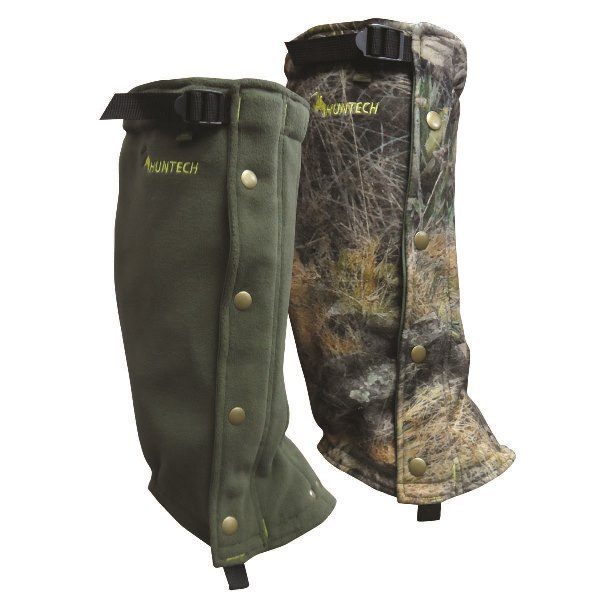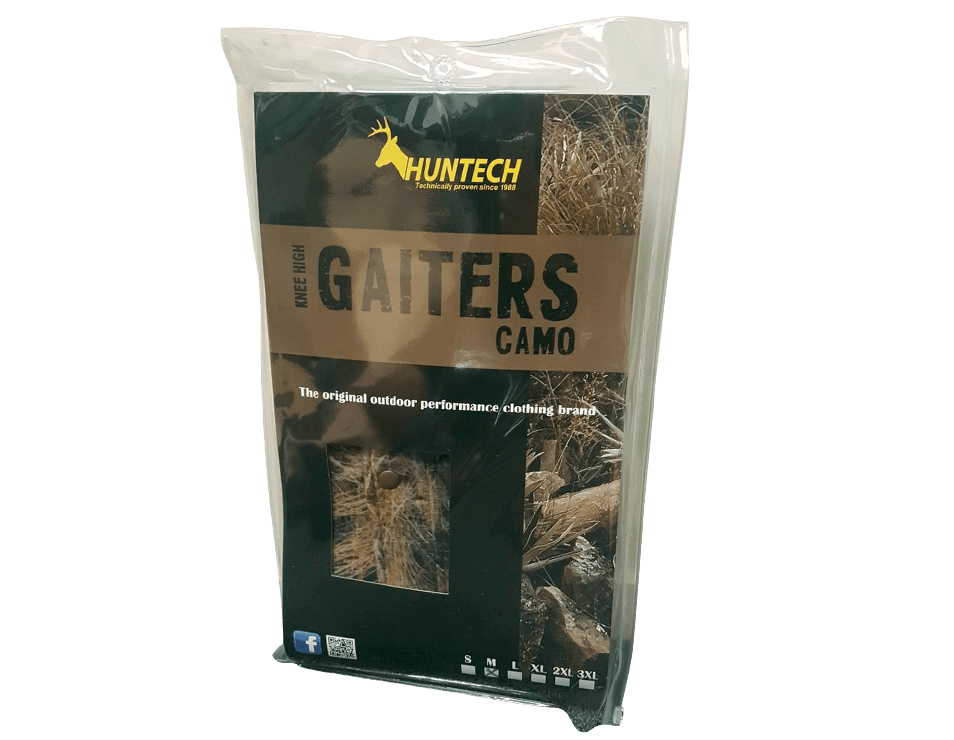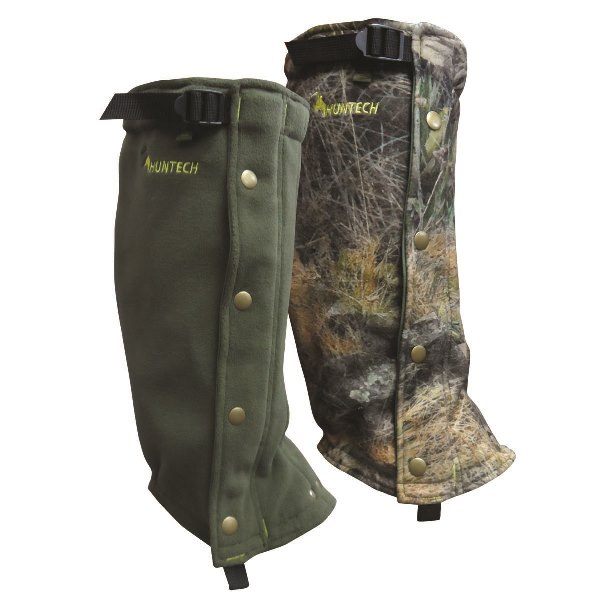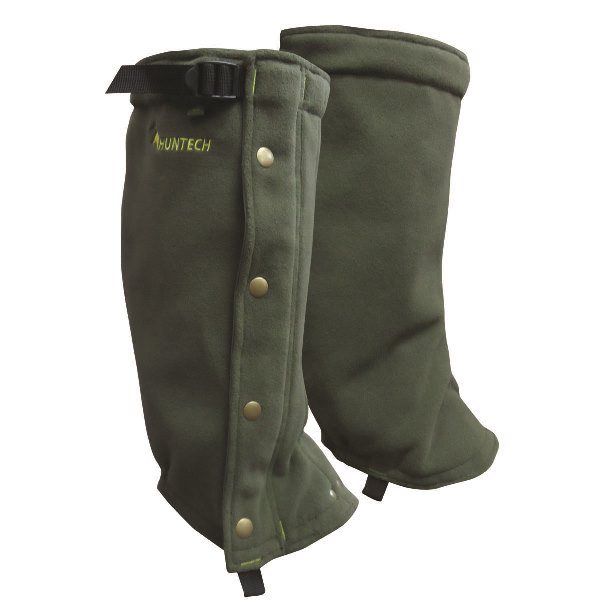Spring growth, frozen toes and dive-bombing falcons. Join us on a five-day hunting adventure into the dense beech forest of the Kaimanawas on the Central North Island to find the cunning sika.
“Mew!”, Sam yells out loud and gets everyone’s attention. He is 25 meters ahead of us and has obviously seen something.
In a matter of milliseconds, the butt plate of his rifle is in contact with his shoulder. Before the sika even gets a chance to take a breath for the notorious sika warning whistle, a shot has been fired.
Smoke rises from the barrel of the 7mm08 and disappears into the canopy of the ancient North Island beech forest. The adrenaline starts pumping. The shining cuckoo, who’s been narking on us since we started climbing the tree-covered hills, finally shuts up. Everyone is awaiting Sam’s next move.

He starts sprinting – not quite the move we expected. After 50 meters of Usain Bolting through the bush, he stops.
“Phew, I thought I missed it”, Sam says and puts his hands on his knees to catch his breath.
On the forest floor, between two massive decomposing logs of beech, on a bed of moss and ferns, lit up by the few rays of sun that manage to penetrate the awning of treetops, lies the body of a sika yearling.

I draw my bow as he pushes through the crown fern. At 12 meters he tips his head back and roars. Just head and neck above the ferns as my sight pin floats there looking for a chest. He starts cutting around the side of us and finally the ferns are low enough – I can see all I need.
I centre my pin on his chest and subconsciously release the arrow. It flies true and buries to the fletch. The stag crashes past us and down the hill. Then silence.
A short blood trail and there he was piled up in the small creek not more than 20 meters from the shot. His antlers aren’t much of a trophy, but this hunt will live in our memories for a long time. There’s something special about a plan that all comes together so perfectly.

“Don’t throw the heart away!”
“She must be from last year. There will be some delicious meat on her”, Sam says as he starts sharpening his blue skinning knife.
Within minutes he has stripped down to wearing just his pants to prevent his tee from being covered in blood.
Guts starts flying and the picturesque scene now looks like something from a budget horror movie – ‘half naked Kiwi bloke guts fresh kill in the wild'.
“Don’t throw the heart away – that’s dinner!”, Greg, Sam’s dad, yells as the fist-sized heart of the yearling goes flying towards the nearest tree like a dodgeball.
After ten minutes of gutting, the whole carcass fits perfectly into our 40-liter daypack and we can start the walk back towards the hut.

Cunning little things
We are two days into our hunting trip in the Kaimanawa Forest Park and this isn’t the first time a butt plate has been in contact with a shoulder on the trip. We’ve seen three sika in two days, but always just a bit too late.
“Sika are an inquisitive but cunning deer, and that’s what makes them fun to hunt. They always seem to be one step ahead of you, and the key is to try and see them before they sense you. Most of the time you will only hear their whistle and maybe see a flash of their butts as they run off,” Sam says as we make our way back to the hut.
“You can easily spend a few days without even seeing a deer, so the fact that we have seen around three in two days is pretty good.”

Going for the spring growth
Day four of our trip is another early start as we put on our wet boots and prepare to leave the warmth of the hut at 4.30am.

The aim is to get to the glassing spot on the hills at the North-Western end of the valley before the deer dig into their morning buffet.
“This time of the year we try and catch the deer feeding up on spring growth. We get up before sunrise and walk in torchlight to any clearing that might have that sort of growth on it.”
”Hopefully, we get one in the morning, if not, we hit the bush and try to find sunny spots where the deer might be bedding down. In the evenings, you can head back to the clearings, which makes for long days sometimes”, Sam says with half an apricot-chocolate muesli bar sticking out of his mouth.

Fogging scope
It’s now 5.15am. The first morning calls of the local tuis start sounding from the belt of bush surrounding us. The visibility has gone from pitch black to foggy grey and the sun is soon to wake up the rest of the forest.
We are knee-deep in water trying to cross a 5-meter-wide river when something starts moving 100 meters ahead of us.
“Darren!”, Sam whispers as loud as he can to tell Darren, who is only two feet away, to go for the kill.
Darren pulls his rifle. Both Sam and I are getting ready for the bang. But nothing happens.
“Bloody scope”, Darren mutters as he tries to clear his scope from fog.
Too late. The two sika have seen us and buggered off.
Another close call, but Darren admits that he should have been prepared for a foggy scope.
He does try and save his cockup by explaining that one them looked like a stag and that he wouldn’t shoot stags at this time of the year (November). Fair enough.

Glassing with frozen toes
After having missed probably our best chance at getting a deer in the morning, we find a nice spot on a hill looking out over a huge wetland area.
We are soaked from the knees down and even though we are in the middle of November, and it should be warm-ish, it is pretty darn cold sitting in the shade in the Kaimanawas at 6am.
“My toes are frozen, again”, Sam laughs and reminds us that his toes went numb for a few months earlier this year after a – literally freezing – tahr hunt in the southern alps.

At 6am the sun comes to the rescue and boosts the morale. No toes will turn numb today.
“There must be some deer here”, Sam whispers as he makes himself comfortable in the duvet of tussock and pulls out the Jetboil for a cuppa.
He is wrong. There are no deer in sight.
But we are not complaining. How often to you get to watch the day waking up while sitting on a hillside in the middle of the bush with a hot cuppa in your hands and the morning sun heating up your body – far away from work, chores and everyday life. Not often enough.

Dive-bombing karearea
After a snooze on the hillside we decide to split up. Darren takes on the Northern side of the valley and Sam and I take on the Southern slope.
After bush-bashing through the belt of shrubs we enter the more open beech forest. There are deer tracks and fresh droppings everywhere. But after five hours of deer stalking and another beef teriyaki Backcountry meal, we still haven’t seen anything.

As we exit the beech forest, we suddenly hear a loud laughing-like bird call. Neither Sam or I initially recognise the sound. If it hadn’t been for a silly little New Zealand falcon soft toy that my mother-in-law gave me for Christmas one year (the ones you can push on the stomach and it makes a sound), we would never have guessed that this was the warning call of the New Zealand falcon.

As we exit the beech forest, we suddenly hear a loud laughing-like bird call. Neither Sam or I initially recognise the sound. If it hadn’t been for a silly little New Zealand falcon soft toy that my mother-in-law gave me for Christmas one year (the ones you can push on the stomach and it makes a sound), we would never have guessed that this was the warning call of the New Zealand falcon.

From the top of a hill 150 meters away, a little pointy-winged bird starts making its way towards us. Before we get a chance to pull out the camera, the little bugger goes for the kill. It gets within half a meter from my face.
We get the hint and decide to leave the falcon alone. A pretty cool experience nonetheless.
Twelve hours after we left the hut, we are back. So is Darren. He was as unsuccessful a hunter today as we were.
At least there are cold beers waiting in the creek.




